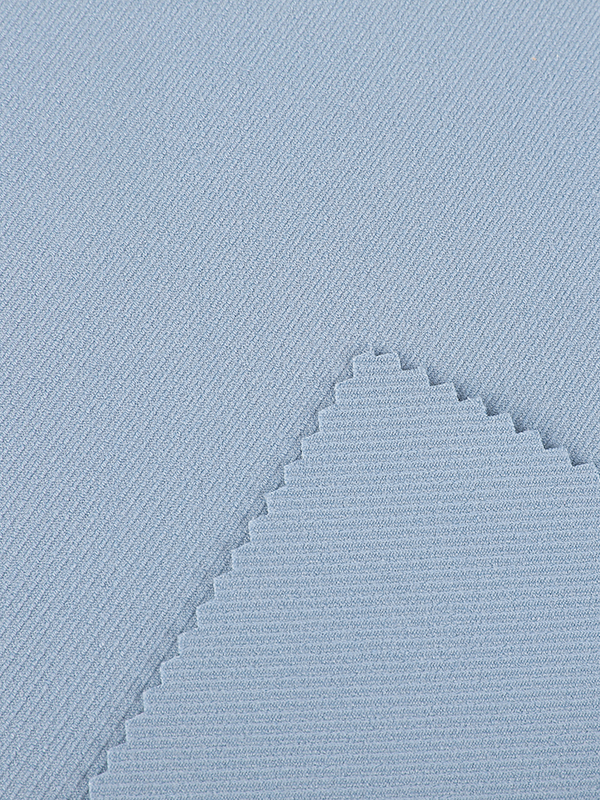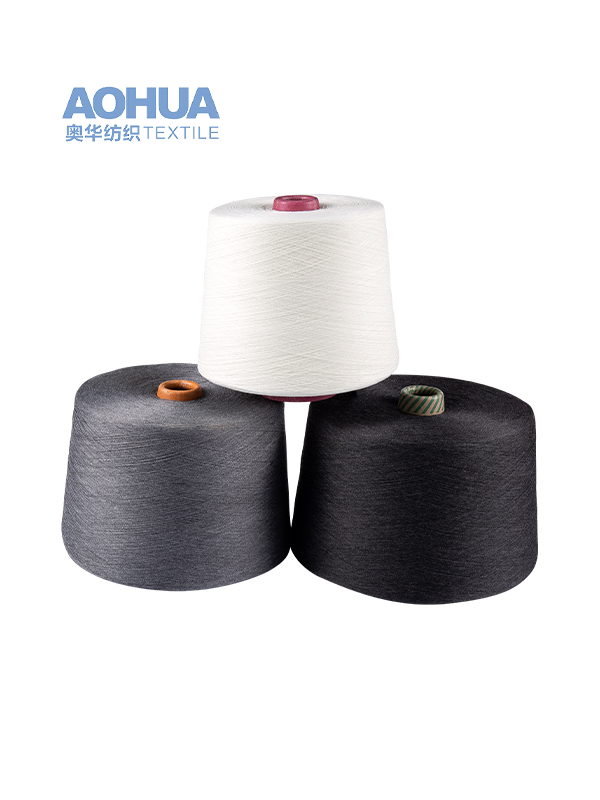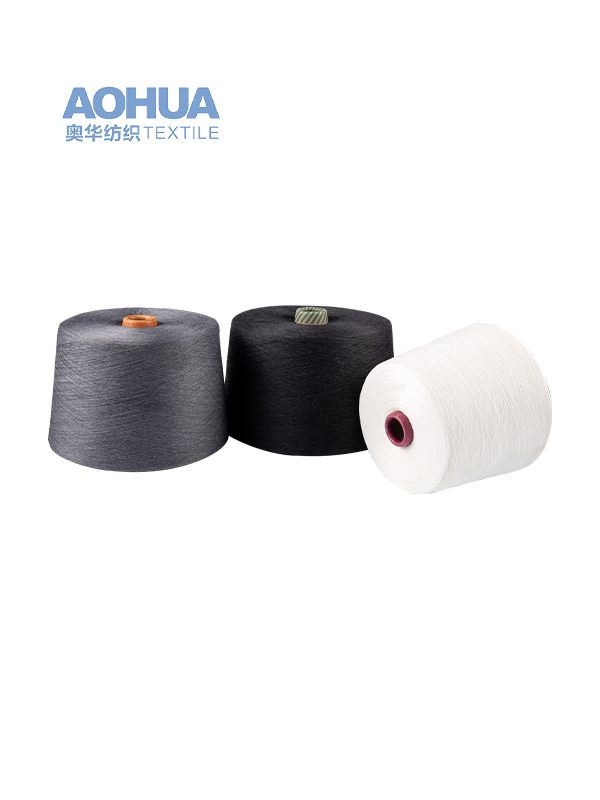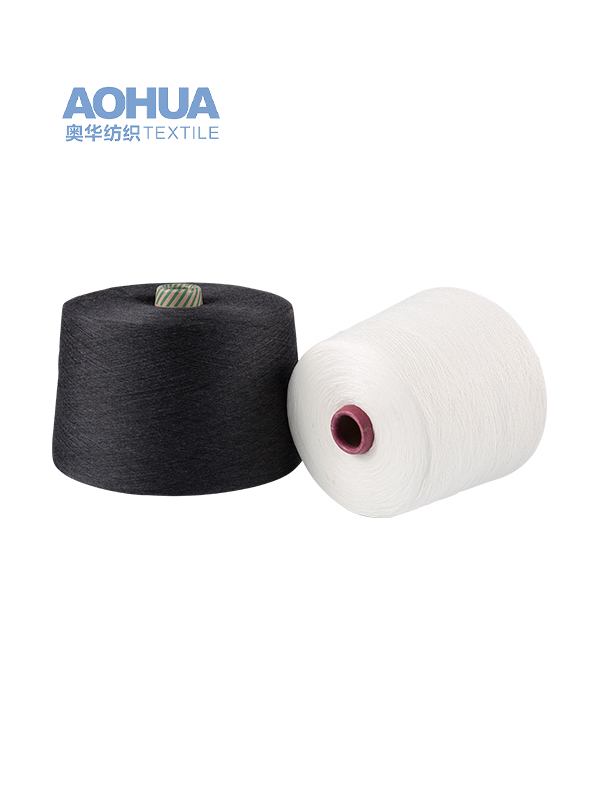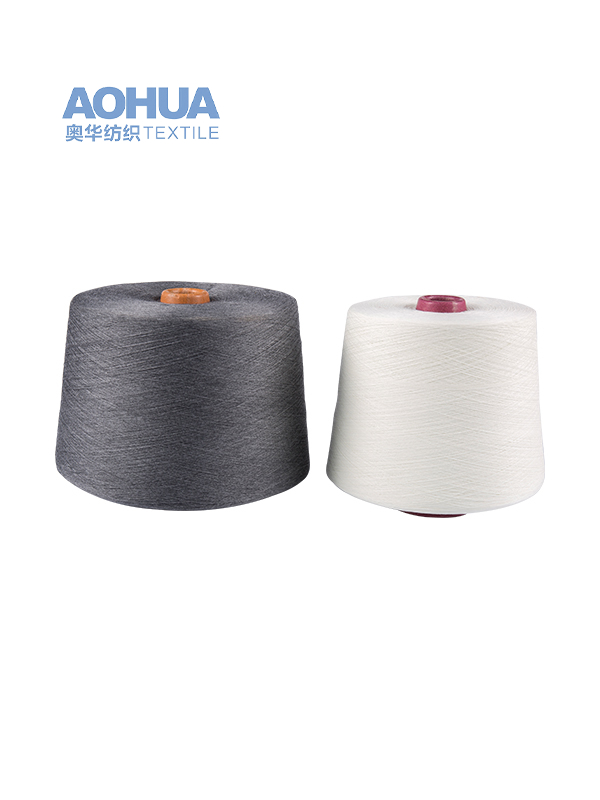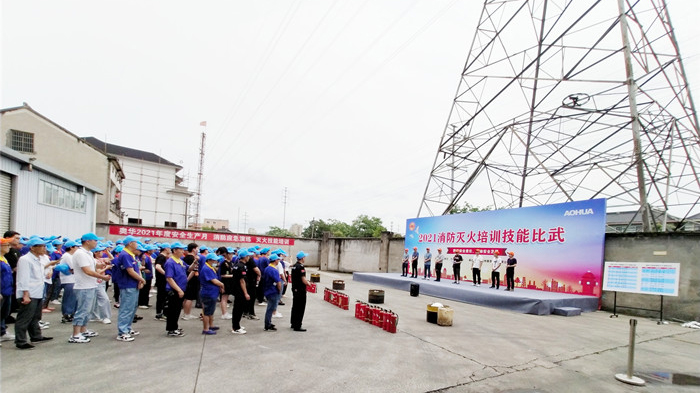We are a national high-tech enterprise. At present, there are many kinds of self-woven and cooperatively processed fabrics, including microfiber warp-knitted towel cloth, weft-knitted towel cloth, coral fleece, etc.
Woven fabric is generally less elastic and flexible compared to knitted fabric. However, its level of elasticity and flexibility can vary depending on several factors, including the type of fiber, the weave pattern, and any stretch-enhancing treatments or additions. Here's a closer look at the elasticity and flexibility of woven fabric:
Elasticity:
Low Inherent Stretch: Woven fabrics have limited inherent stretch, meaning they don't naturally stretch or recover to their original shape like knitted fabrics. When woven fabrics do stretch, they tend to do so along the bias (diagonal) direction, rather than in the warp (lengthwise) or weft (widthwise) directions.
Limited Stretch Recovery: Woven fabrics also have limited stretch recovery. Once stretched, they don't bounce back to their original shape as easily as knitted fabrics do.
Fiber Influence: The type of fiber used in the woven fabric can influence its elasticity. Natural fibers like cotton and linen tend to have less elasticity compared to some synthetic fibers like spandex (elastane), which is added to woven fabrics to provide stretch and recovery properties.
Bias Stretch: Some woven fabrics, particularly those with a diagonal or bias weave pattern, can exhibit more stretch along the bias direction. Fabrics with a pronounced diagonal weave, such as denim, may have some degree of diagonal stretch.
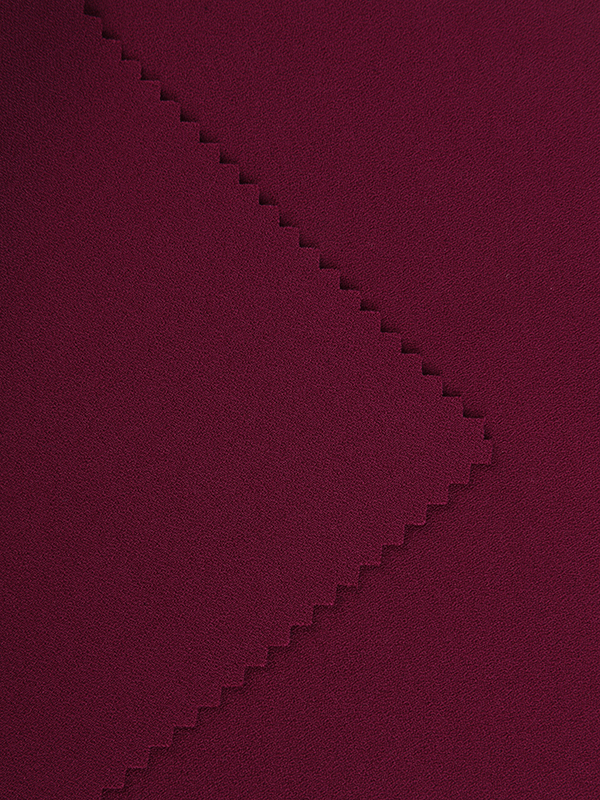

Flexibility:
Less Flexible than Knitted Fabric: Woven fabrics are generally less flexible than knitted fabrics because the interlaced yarns in the weave pattern create a more structured and stable fabric. This can limit the fabric's ability to conform to the body's movements.
Drape and Softness: While woven fabrics may not have the same level of stretch as knitted fabrics, they can still exhibit drape and softness depending on factors like weave pattern and fiber type. Finishing treatments can also enhance the softness and flexibility of woven fabrics.
Use of Blends and Treatments: Blending woven fabrics with elastomeric fibers like spandex or using special finishing treatments can enhance flexibility and comfort. These treatments can be applied to make woven fabrics more suitable for applications where stretch and flexibility are important, such as in activewear and performance clothing.
Woven fabrics are generally less elastic and flexible than knitted fabrics due to their interlaced structure. However, factors like the type of fiber, weave pattern, and the addition of stretch-enhancing materials can influence the degree of elasticity and flexibility in woven fabrics. The choice of fabric depends on the specific requirements of the application, with woven fabrics often chosen for their durability and structure.

 English
English 中文简体
中文简体